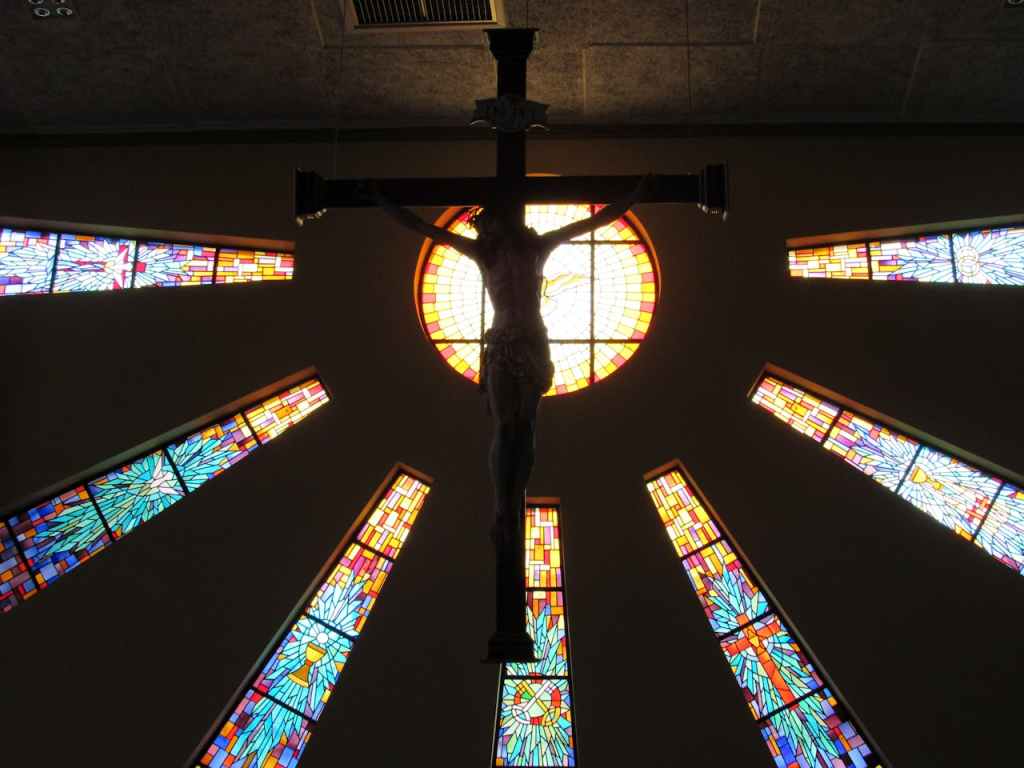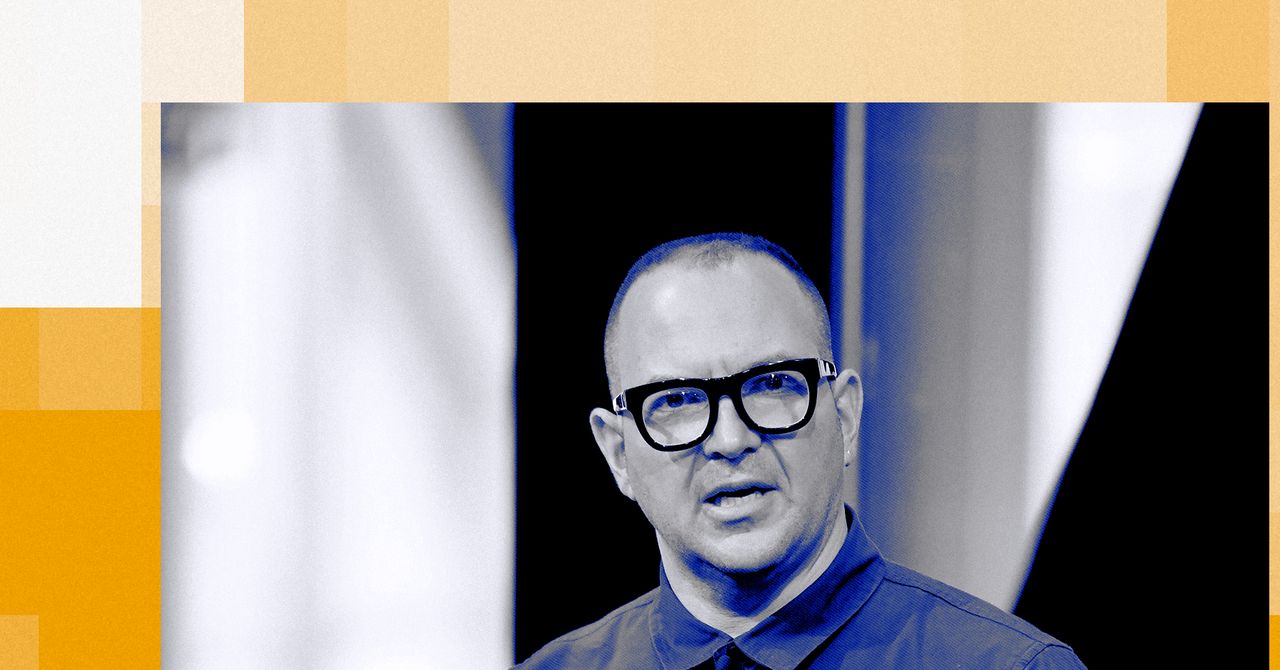For centuries, the crucifixion of Jesus has been told as a story of faith. But what if science could verify the moment it actually happened? The Bible speaks of midday darkness and a trembling earth but never gives an exact time. That mystery has now drawn the attention of researchers who use data, not doctrine, to find answers.

Preacher and author Woodrow Michael Kroll took an analytical approach, comparing biblical records with astronomical patterns. His conclusion: 3:00 PM on Friday, April 3, 33 AD, a day marked by a lunar eclipse visible from Jerusalem. In his book The Day Jesus Died, he writes, “Based on eyewitness, historical, and literary accounts, readers can pinpoint the hour Jesus said, ‘It is finished.’ It’s almost like being there.” Whether viewed through faith or science, his finding invites us to see an ancient event through a modern, evidence-based lens.
The Ninth Hour and the Science of Sacred Timing
In the Gospels, the “ninth hour” marks the time Jesus took his final breath, which according to the Jewish system of timekeeping would have been around 3:00 PM. For early followers, this hour carried deep meaning. It was the time of the daily Temple offering, when incense was burned and prayers for renewal filled the air. For modern researchers like Woodrow Michael Kroll, this specific timing may hold more significance than symbolism alone.

In his book The Day Jesus Died, Kroll connects this ancient practice with what he calls a moment of universal alignment. He writes that the ninth hour falls just as light begins to fade but before the day is over, a natural threshold that mirrors the transition between life and death. The detail may sound spiritual, but it also reflects how human rituals often sync with natural cycles like the movement of the sun and the rhythm of the body’s internal clock.
Throughout history, the number nine has been seen as a marker of completion. It closes one sequence before another begins. Kroll’s conclusion that the crucifixion occurred at the ninth hour aligns this symbolic cycle with a real historical moment, showing how ancient timekeeping, spiritual meaning, and observable patterns in nature can converge in a single point of understanding.

The Night the Moon Matched the Moment
Researchers have long tried to align biblical descriptions of the crucifixion with real events in the sky. One striking clue comes from the Book of Acts, which records that “the moon will turn to blood.” According to preacher and author Woodrow Michael Kroll, this is more than poetic imagery. In his book The Day Jesus Died, Kroll shows that a partial lunar eclipse occurred over Jerusalem on the evening of April 3, 33 AD, the same day many historians believe Jesus was crucified. When the moon rose that night, it appeared deep red, the natural result of sunlight filtering through Earth’s atmosphere.
Kroll’s research combines historical documentation with modern astronomical data to confirm that this eclipse coincided with the Passover full moon. He notes that the Passover always occurs during a full moon, which increases the likelihood that this celestial event matched the timing described in the Gospels. “Based on eyewitness, historical, and literary accounts, readers can pinpoint the hour Jesus said, ‘It is finished.’ It’s almost like being there,” Kroll writes. To the people who saw it, the red moon would have seemed like the heavens reflecting the gravity of the moment.
Scientists explain that a lunar eclipse’s reddish hue is caused by the scattering of sunlight through the atmosphere, the same process that gives sunsets their warm tones. While Kroll’s work roots this event firmly in observable science, it also opens a conversation about meaning. The fading of light and its gradual return can serve as a timeless reminder that even in moments of darkness, renewal is part of nature’s rhythm.
The Friday Connection: How History and Ritual Align
In all four Gospels, the crucifixion is recorded as taking place on the Day of Preparation, which is the day before the Jewish Sabbath. That means it occurred on a Friday, a detail that holds both historical and cultural weight. In Jewish tradition, the Sabbath begins at sunset on Friday and represents a time of stillness and renewal after six days of activity. For believers, the timing of Jesus’ death and the following Sabbath rest symbolized a transition from labor to peace, from an ending to a beginning.
Researcher Woodrow Michael Kroll explores this connection further in his book The Day Jesus Died. He points out that Roman historical records confirm Pontius Pilate governed Judea between 26 and 36 AD, aligning with the proposed year of the crucifixion, 33 AD. Archaeological discoveries like the Pilate Stone, found in 1961, and a heel bone from a crucified man unearthed in 1968, provide tangible context to what has long been a matter of faith. These findings place the event within a clear historical framework rather than leaving it in the realm of legend.

For many, the symbolism of Friday adds another layer of meaning. In ancient traditions, Friday is associated with the planet Venus, often seen as a representation of love and harmony. Kroll interprets this as more than coincidence. The idea of an ending infused with love and followed by a period of rest mirrors natural cycles found everywhere in life: effort followed by recovery, loss followed by renewal. It is a pattern that continues to resonate, both spiritually and biologically, reminding us that rest and transformation are inseparable parts of every human experience.
The Biology of Sacred Time: How Ritual and Rhythm Affect the Human Body
Long before modern medicine, people structured their lives around cycles of light, rest, and renewal. What ancient cultures viewed as sacred timing closely resembles what modern science now understands as circadian rhythm, the body’s internal system that regulates sleep, hormone balance, and cellular repair. The biblical references to specific hours of prayer or rest may have reflected an intuitive understanding that the human body performs best when its actions follow natural patterns.
Throughout history, many traditions have included daily pauses for reflection or silence. These moments were not only spiritual but also restorative to the nervous system. Modern studies in chronobiology show that short, intentional breaks can lower cortisol, support cardiovascular health, and improve focus. Similarly, the Sabbath rhythm of rest after work mirrors what researchers now confirm as essential recovery time for maintaining immune function and emotional balance.

In his research, Woodrow Michael Kroll observed that Jesus’ final moment occurred in the late afternoon, a time of natural slowing in human physiology. As daylight fades, melatonin production begins to increase, preparing the body for rest and repair. Ancient societies that synchronized their spiritual practices with the setting sun may have been aligning not only with faith but also with biology.
For today’s reader, the insight is practical. Healing requires rhythm. When we eat, move, and rest in tune with natural light cycles, we support hormonal harmony, metabolic stability, and emotional clarity. The same universal rhythm that guided ancient rituals still governs the human body, reminding us that true wellness depends on balance between effort and restoration.
The Healing Power of Stillness: Why Rest Restores More Than the Body
In every major tradition, rest is not seen as weakness but as a sacred act of renewal. Modern science supports this idea, showing that periods of stillness allow the body to shift from a stress response to a healing response. When the body slows down, heart rate and blood pressure decrease, digestion improves, and the brain begins to repair neural pathways linked to memory and emotion. This biological process mirrors what spiritual teachers have long called the restoration of the soul.
Studies from institutions such as Harvard Medical School and the National Institutes of Health confirm that rest improves immune regulation and reduces inflammation, both of which are essential for long-term wellness. Short pauses throughout the day, moments of mindfulness, or even silent reflection before sleep can help regulate the parasympathetic nervous system. Over time, these practices lower chronic stress and improve overall resilience to illness.
The tradition of observing a weekly Sabbath can be seen as one of the earliest public health practices. By creating a collective rhythm of work followed by renewal, communities allowed their members to recharge physically and mentally. Today, taking even a few hours each week to step away from constant activity can mimic this ancient rhythm and promote measurable benefits for the heart, brain, and emotional balance.
The connection between stillness and healing is universal. Whether through prayer, meditation, or quiet time in nature, deliberate rest invites the body to restore itself. True health is not only the absence of disease but the presence of rhythm, and rest remains one of the simplest and most effective ways to return to that balance.

Returning to the Rhythm of Life
Science and spirituality often meet where rhythm exists. The research of Woodrow Michael Kroll shows how even an event as sacred as the crucifixion aligns with natural cycles of light and time. These same cycles govern our own health, influencing how we sleep, recover, and find balance.
Wellness begins when we move in harmony with these patterns. Rest, reflection, and renewal are not luxuries but biological necessities. In understanding how the universe keeps time, we are reminded to do the same within ourselves.










Leave a Reply